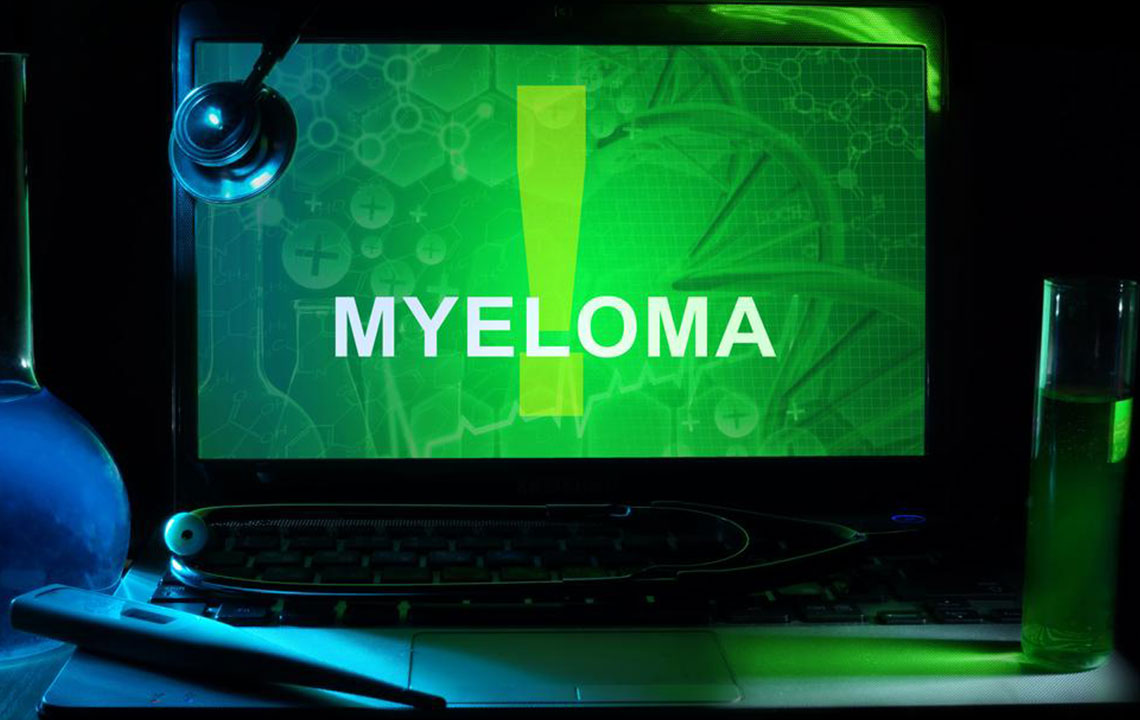Comprehensive Guide to Managing Chronic Myeloid Leukemia: Treatments, Strategies, and Advances
This comprehensive article explores the latest strategies and treatments for managing chronic myeloid leukemia (CML). It highlights the role of targeted therapies, stem cell transplantation, and ongoing research, providing insights into personalized treatment approaches. Learn how advancements have improved patient outcomes and what future developments may hold for this blood cancer. An essential guide for patients and healthcare professionals seeking detailed, up-to-date information on CML management.

Comprehensive Guide to Managing Chronic Myeloid Leukemia: Treatments, Strategies, and Advances
Chronic myeloid leukemia (CML) is a complex type of blood cancer that originates in the bone marrow, leading to the uncontrolled proliferation of abnormal white blood cells. This disease primarily affects the myeloid lineage of blood cells, which are vital for immune function and normal blood health. Understanding CML involves recognizing its pathophysiology, clinical presentation, and the latest developments in treatment options. This in-depth guide aims to shed light on the disease's nature, diagnostic processes, and the strategic approaches used to manage and treat CML effectively.
At its core, CML begins in early blood-forming cells known as myeloid stem cells. These cells undergo genetic mutations that transform them into malignant cells. The hallmark of CML is the presence of the Philadelphia chromosome, a specific genetic abnormality resulting from a translocation between chromosomes 9 and 22. This abnormal chromosome produces the BCR-ABL fusion protein, an abnormal tyrosine kinase enzyme that drives cancer cell proliferation and survival. The disease usually progresses slowly in its initial phases but can accelerate into more aggressive stages if not adequately managed.
The clinical manifestations of CML are often subtle during early stages, including symptoms like fatigue, weight loss, night sweats, and feeling of fullness due to an enlarged spleen. Laboratory tests typically reveal elevated white blood cell counts and the presence of the Philadelphia chromosome through cytogenetic analysis or molecular techniques such as PCR. Early detection and diagnosis are critical for effective treatment planning and improving prognosis.
Management of CML involves a comprehensive, multidisciplinary approach. The healthcare team typically includes hematologists, oncologists, radiologists, dietitians, mental health professionals, and other specialists working together to formulate personalized treatment strategies. The goal is to control disease progression, manage symptoms, and improve quality of life for patients.
Targeted Therapy: The Cornerstone of CML Treatment
The advent of targeted therapies revolutionized CML treatment, particularly the development of tyrosine kinase inhibitors (TKIs). These drugs specifically inhibit the BCR-ABL fusion protein, effectively halting the abnormal signaling pathways responsible for leukemia cell growth. Imatinib, the first TKI approved for CML, marked a major breakthrough and dramatically improved long-term survival rates. Since then, newer-generation TKIs such as dasatinib, nilotinib, bosutinib, and ponatinib have been introduced, offering options for patients who are resistant or intolerant to initial therapies.
The effectiveness of TKIs means that many patients with CML now experience disease control comparable to that of other chronic illnesses. Treatment typically involves daily oral medication, with doses tailored based on the patient's response and side effect profile. Regular monitoring with blood tests and molecular assessments helps healthcare providers determine treatment efficacy and make adjustments as necessary.
Other Treatment Modalities
While TKIs form the backbone of CML management, several other therapeutic options are available depending on the disease stage, patient health, and individual circumstances. Chemotherapy and radiation therapy are less commonly used today but may be considered in specific cases or in combination with other treatments.
Stem cell transplantation (SCT), also known as bone marrow transplant, remains a potential curative option for eligible patients. SCT involves replacing diseased marrow with healthy donor stem cells, enabling new blood cell production. This procedure is generally reserved for patients with advanced disease or those who do not respond to targeted therapies, given its associated risks and morbidity.
Immune-based treatments, such as interferon-alpha, were traditional approaches before TKIs became available. Although less commonly used now, they may still play a role in certain cases, especially in combination with other therapies or in clinical trials.
Emerging and Experimental Treatments
Ongoing research aims to improve treatment outcomes further. Novel agents targeting resistance mechanisms, combination therapies, and immunotherapies are under investigation. Drugs that inhibit other kinases or pathways implicated in CML provide hope for managing resistant cases. Clinical trials are crucial for discovering safe and effective new treatments, expanding options for patients with difficult-to-treat disease.
Monitoring and Personalized Treatment Plans
Effective management of CML requires continuous monitoring of disease status through blood tests, including complete blood counts, cytogenetics, and quantitative PCR for BCR-ABL transcripts. These evaluations help determine how well a patient responds to therapy and guide decisions about escalating, switching, or discontinuing treatments.
Personalized treatment plans consider various factors such as patient age, overall health, disease phase, response to previous treatments, and access to clinical trials or donor matches. Tailoring therapy aims to maximize disease control while minimizing adverse effects, ultimately improving survival rates and quality of life.
Future Directions and Challenges
While advancements in CML management have significantly improved outcomes, challenges remain. Resistance to TKIs, disease progression, and managing side effects continue to be areas of focus for researchers and clinicians. New therapies aim to overcome resistance mechanisms, such as mutations in the BCR-ABL gene, and to develop curative approaches.
Additionally, early detection, better biomarkers for disease monitoring, and understanding the molecular underpinnings of CML will facilitate more precise and personalized interventions. As research progresses, the hope remains for achieving treatment-free remission, where patients maintain long-term disease control without ongoing medication.
In conclusion, managing chronic myeloid leukemia has evolved remarkably over recent decades. With targeted therapies, stem cell transplantation, and ongoing research into novel treatments, patients now have a better outlook for controlling the disease and maintaining quality of life. Multidisciplinary care and personalized strategies are vital for optimizing outcomes and tackling the remaining challenges in this complex hematologic malignancy.





